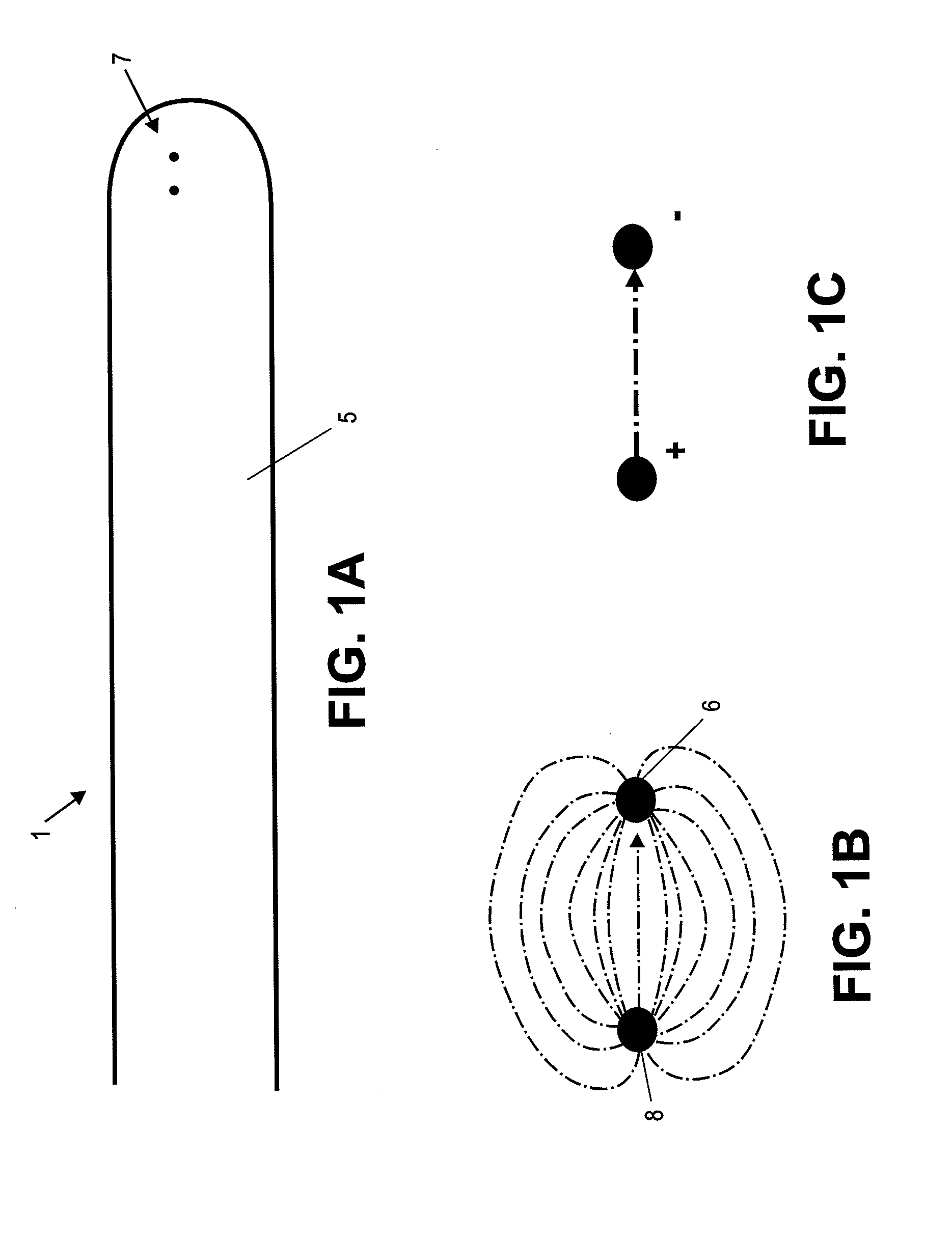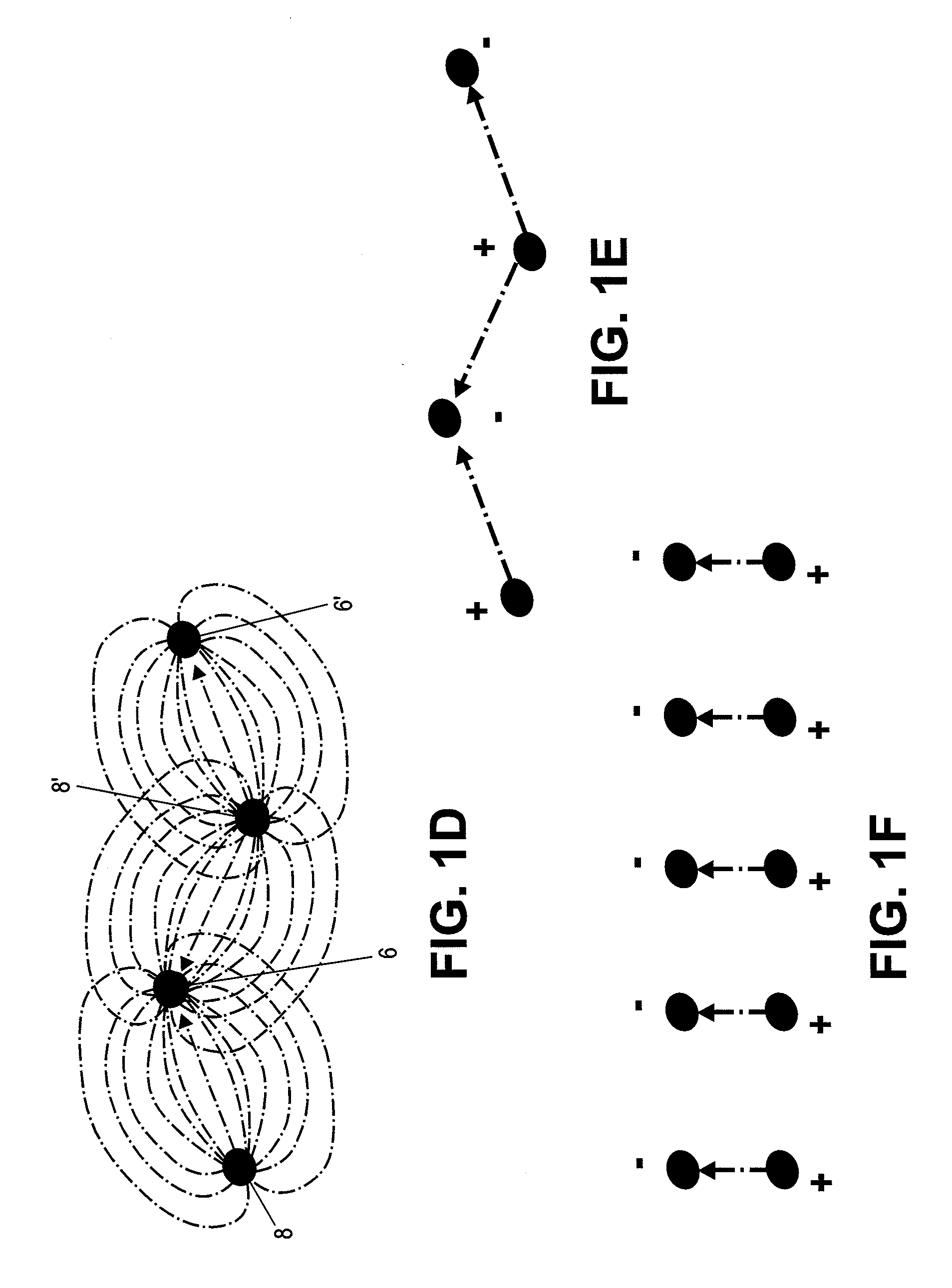Devices, methods and systems for neural localization
a neural localization and neural technology, applied in the field of neural localization devices, methods and systems, can solve the problems of risk damage to nerve tissue, inability to accurately guide surgical procedures, and relatively inconvenient us
- Summary
- Abstract
- Description
- Claims
- Application Information
AI Technical Summary
Benefits of technology
Problems solved by technology
Method used
Image
Examples
example 1
Neural Localization when Treating Spinal Stenosis
[0147]One area of surgery which could benefit from the development of less invasive techniques including neural localization is the treatment of spinal stenosis. Spinal stenosis often occurs when nerve tissue and / or blood vessels supplying nerve tissue in the lower (or “lumbar”) spine become impinged by one or more structures pressing against them, causing pain, numbness and / or loss of function in the lower back and / or lower limb(s). In many cases, tissues such as ligamentum flavum, hypertrophied facet joint and bulging intervertebral disc impinge a nerve root as it passes from the cauda equine (the bundle of nerves that extends from the base of the spinal cord) through an intervertebral foramen (one of the side-facing channels between adjacent vertebrae). Here we provide one example of a device for determining if a nerve is nearby that may be used as part of method for treating spinal stenosis.
[0148]FIG. 21 is a top view of a vertebr...
PUM
 Login to View More
Login to View More Abstract
Description
Claims
Application Information
 Login to View More
Login to View More - R&D
- Intellectual Property
- Life Sciences
- Materials
- Tech Scout
- Unparalleled Data Quality
- Higher Quality Content
- 60% Fewer Hallucinations
Browse by: Latest US Patents, China's latest patents, Technical Efficacy Thesaurus, Application Domain, Technology Topic, Popular Technical Reports.
© 2025 PatSnap. All rights reserved.Legal|Privacy policy|Modern Slavery Act Transparency Statement|Sitemap|About US| Contact US: help@patsnap.com



